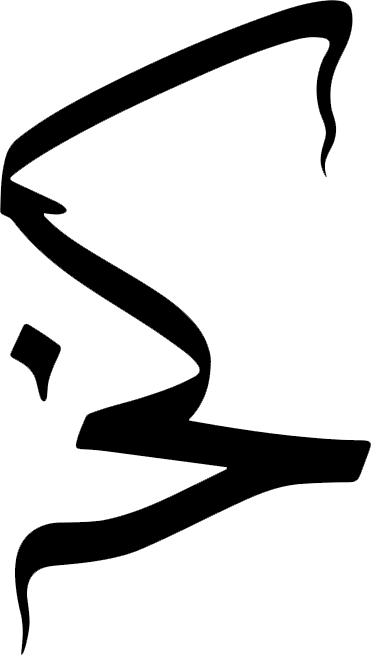Almost Home
by Amir H. Fallah
This work appears in Khabar Keslan Issue 1. DISORIENT
My approach to art making is akin to the process of an archaeological dig. I begin by assuming the role of an analytical historian. I investigate my subject’s lives through the analysis of their personal belongings. Investigation of these objects slowly reveals the lives of my subjects, a history that becomes a complex mixture of facts and symbolism.
My work is interdisciplinary, but clearly rooted in the canon of portraiture. After I have crafted the histories of the individual subjects and families portrayed in my paintings, site-specific installations are created to provide a framework for the paintings and accompanying sculptures to exist within.
Field research is an integral part of my process. I visit people’s homes, and assemble a collection of their belongings that allude to their stories and identities. I become the arbiter of these individuals’ histories, curating found elements into contemporary portraiture. Through this process I do not attempt to beautify or flatter my subjects, and focus on integral points of their lives that subsequently shaped who they were as individuals.
In direct opposition to the history of portraiture, I hide the true identity of my subjects by cloaking them in vivid, patterned fabrics found amongst their belongings. The viewer is forced to craft an identity for my subjects through their own interpretation of the curated elements I have presented.
Through the process of art making and the employment of contemporary portraiture, I am exploring the realms of truth through storytelling. Obsessive consideration of truth’s limitations can help us understand one another, and this examination of identity is the keystone of my practice.
Invisible Boundary
The Clouds In My Eyes Are Filled With Dew
Hold on to the Light
Happiest Place on Earth
The Filmmaker's Reflection
Through the Smoke
Offerings At The Alter
Tangled Border
Amir H. Fallah was born in Tehran, Iran in 1979. He received his BFA from Maryland Institute College of Art in 2001 and his MFA from University of California Los Angeles in 2005. Fallah’s artistic oeuvre encompasses painting, photography, sculpture, and installation combined with a visual vocabulary that includes collage and complex patterning. The works present a critical observation of the deconstruction and appropriation of portraiture in its various forms. Fallah’s practice presents an alternative perspective to entrenched art historical portraiture traditions and the dynamics of modern day art collection and art making. Intertwined with these concerns are his reflections upon identity and personal narrative. Fallah has exhibited widely across the United States and internationally.








